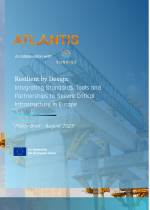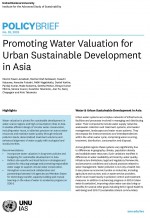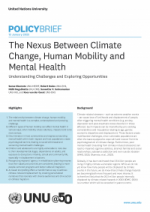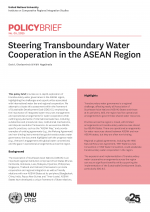Operationalizing Earth Observation for Critical Infrastructure Resilience: Interoperability and standardization insights from ATLANTIS
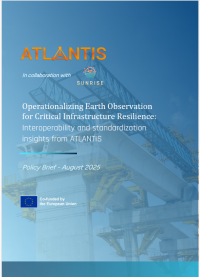
ATLANTIS would like to thank the following reviewers for their valuable comments and feedback. Their input helped strengthen the clarity and coherence of the brief. The final content remains the responsibility of the authors: Mario AL SAYAH, Gianfranco CAPUTO, Abla EDJOSSAN-SOSSOU, Sean TRAVERS and Rory McGLYNN.
This policy brief was coordinated by Thomas SELEGNY (RESALLIENCE), Policy manager of the ATLANTIS project, with contributions of: Naji EL BEYROUTHY, Nidhi NAGABHATLA, Christine NAM and Josip RADMAN.
For more information on this brief, contact: Thomas SELEGNY, thomas.selegny@resallience.com
This policy brief aims to enhance the resilience of European critical infrastructure (CI) through Earth observations (EO) and other space-based solutions, while addressing areas for potential improvement. It responds to the urgent need to protect CI against escalating climate-driven hazards and hybrid threats, ensuring operational continuity across Europe’s interconnected infrastructure. CI across Europe is increasingly using EO from satellites, aircrafts, drones, and other space-based technologies. Note that EO systems like Copernicus Sentinel satellites provide high-resolution data to monitor structural vulnerabilities and potential impacts/disruptions in energy grids and transport networks. and EO can technically offer CI operators the capability to track changes in a timely manner over large, potentially remote, areas and, possibly, risky conditions. In turn, this tracking capability potentially leads potentially to early warning systems.

